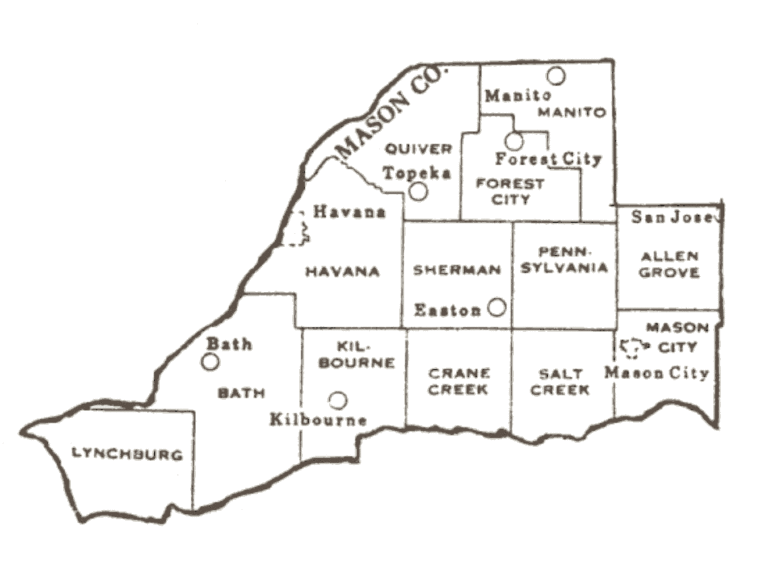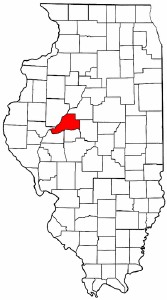Bath Township History part 2
c. 1834-1880 PART TWO Joseph F. Benner came from Ohio, and settled in this township. He assisted in building the Court House when the seat of justice was moved to Bath. Mr. Benner removed to Lincoln, Logan County, a good many years ago. Samuel Craggs came to this section in 1845 or 1846…


